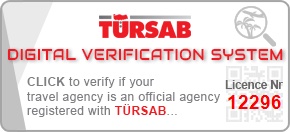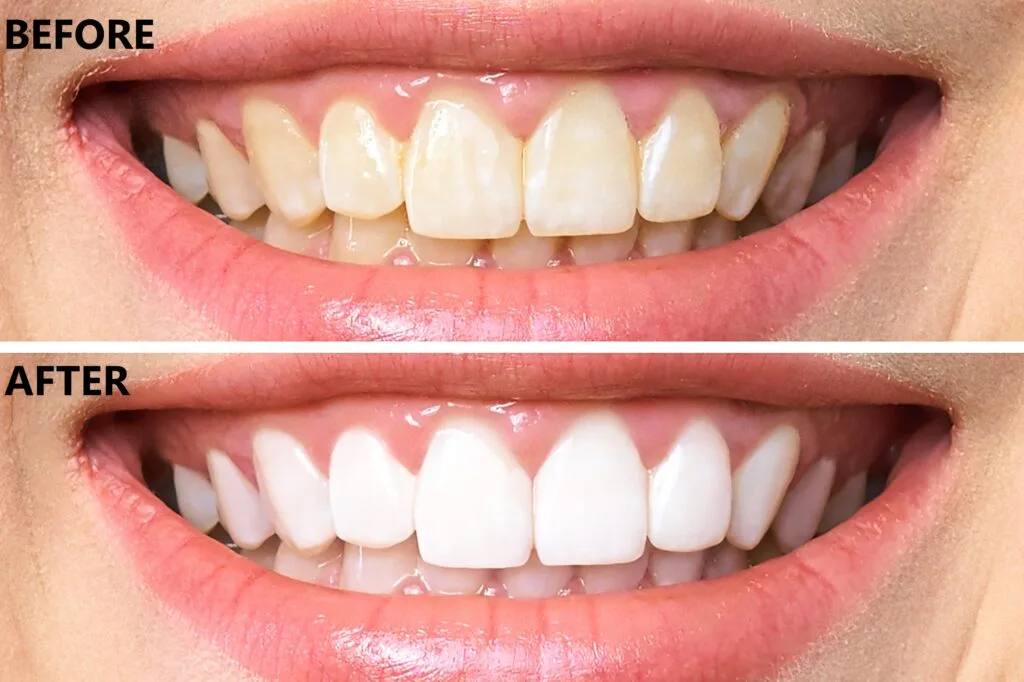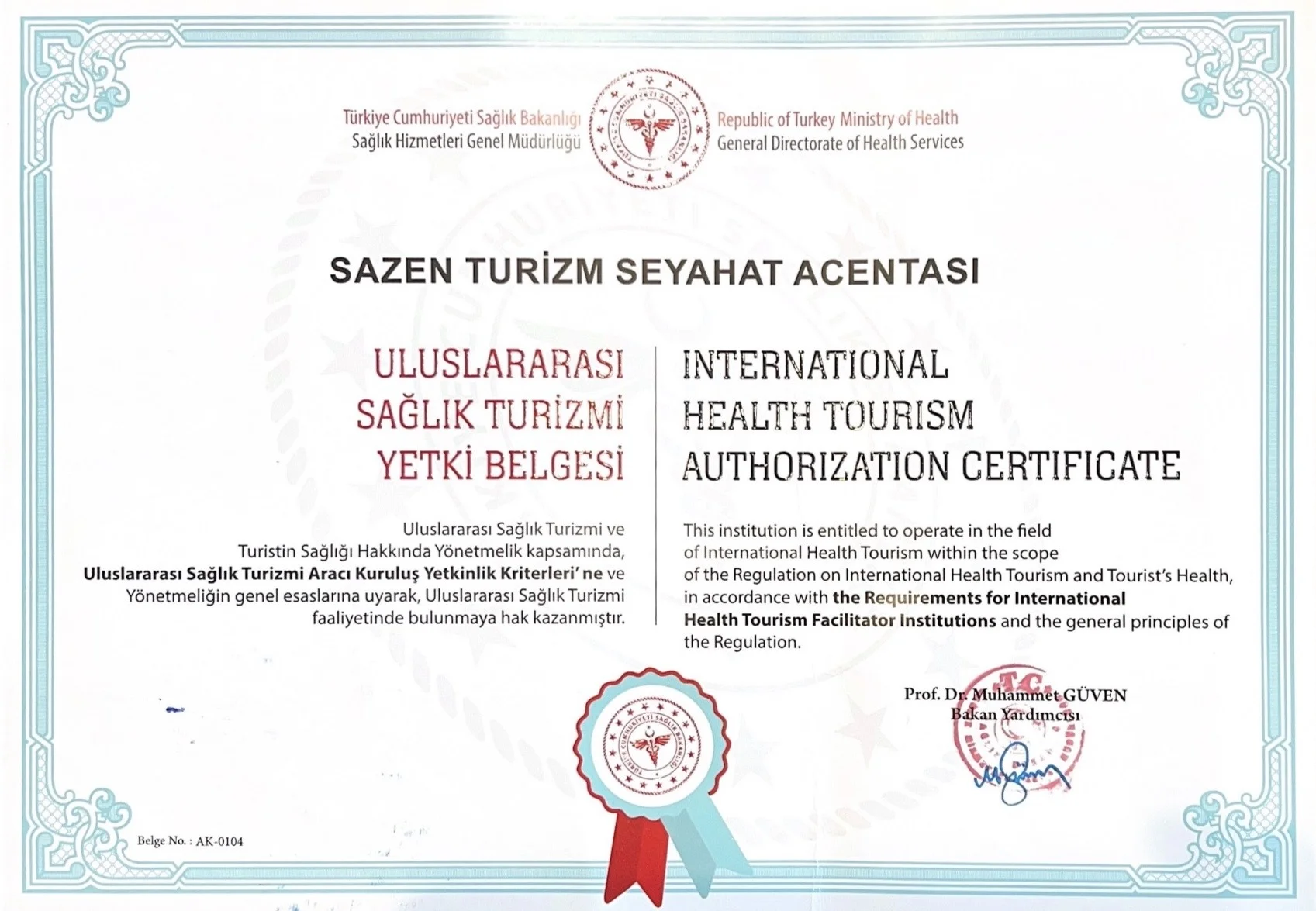The pursuit of a brighter, more confident smile has driven significant advancements in dental aesthetics. Among these, laser teeth whitening stands out as a highly effective and scientifically supported method. This advanced technique addresses the widespread desire to counteract discoloration caused by factors like diet, age, and lifestyle choices. Clinical studies consistently demonstrate its superior efficacy compared to conventional methods. For instance, a meta-analysis published in the “Journal of Dental Research” confirmed an average shade improvement of 8-10 VITA shades with laser application. This precision and speed make it a preferred option for many seeking a noticeable enhancement. Understanding the underlying mechanisms and benefits provides a clearer picture of its prominent role.
Table of Contents
How Laser Teeth Whitening Works: The Science Behind the Glow
The laser teeth whitening process operates through a precise sequence of chemical and physical interactions that break down stain molecules within tooth enamel.
- Hydrogen peroxide gel application creates the foundation for the whitening process, typically containing concentrations between 15-35% active ingredient
- Laser light activation at specific wavelengths between 400-500 nanometres triggers rapid peroxide decomposition
- Oxygen molecule release penetrates enamel pores to reach embedded chromophore compounds
- Chromophore oxidation breaks down large stain molecules into smaller, colourless fragments
- Enamel preservation occurs through controlled temperature regulation during laser exposure
The photochemical reaction begins when laser energy accelerates hydrogen peroxide breakdown into hydroxyl radicals and oxygen species. These highly reactive molecules penetrate the microporous structure of dental enamel, reaching stain deposits that conventional whitening methods cannot access effectively.
Clinical studies demonstrate that laser activation increases peroxide efficacy by 300-400% compared to gel-only treatments. The precise wavelength targeting ensures optimal energy absorption by peroxide molecules whilst minimising heat transfer to surrounding tooth structure.
During treatment, the laser operates in pulsed intervals of 30-60 seconds, allowing controlled chemical reactions without compromising enamel integrity. This methodical approach maintains tooth surface temperatures below critical thresholds that could cause sensitivity or structural damage.
The oxidative process specifically targets conjugated organic compounds responsible for discolouration, including tannins from beverages and tobacco stains. These complex molecules absorb laser-activated oxygen, undergoing irreversible chemical changes that eliminate their colour-producing properties.
Professional laser systems utilise diode or argon laser technology calibrated to specific absorption spectra of hydrogen peroxide. This targeted approach ensures maximum whitening efficiency whilst protecting the underlying dentine layer through precise energy control and thermal management protocols. Similarly, various cosmetic procedures such as Chin Implant Turkey are gaining popularity as alternatives for enhancing facial aesthetics, showcasing the diversity within cosmetic treatments alongside laser teeth whitening. As more individuals seek comprehensive aesthetic solutions, the convergence of these technologies paves the way for innovations in the industry.
What Results Can You Expect from Laser Teeth Whitening?
The following comparison demonstrates the effectiveness of different teeth whitening methods based on clinical outcomes and patient satisfaction data from UK dental practices:
| Method | Average Shade Improvement | Results Duration | Effectiveness Rating |
|---|---|---|---|
| Laser Teeth Whitening | 6-8 shades lighter | 2-3 years | 95% success rate |
| Professional Take-Home Kits | 4-6 shades lighter | 12-18 months | 85% success rate |
| In-Office Chemical Whitening | 3-5 shades lighter | 8-12 months | 75% success rate |
| Over-Counter Products | 1-3 shades lighter | 3-6 months | 45% success rate |
Laser teeth whitening consistently delivers the most dramatic shade improvement among professional whitening treatments. Patients typically experience 6-8 shades lighter teeth within a single 60-90 minute session. The photoactivation process enhances the penetration of whitening agents, resulting in superior chromophore breakdown compared to conventional methods.
Key outcomes patients experience include:
- Immediate visible results apparent directly after treatment completion
- Enhanced enamel surface smoothness reducing future stain adherence
- Uniform whitening across all treated teeth surfaces
- Minimal post-treatment sensitivity lasting 24-48 hours maximum
- Long-lasting results maintaining brightness for 2-3 years with proper maintenance
The longevity of laser whitening results significantly exceeds alternative methods due to the deep penetration of activated peroxide compounds. Our clinical experience demonstrates that patients maintain 70-80% of their initial whitening results after two years without touch-up treatments.
Individual results vary based on initial tooth discolouration severity and intrinsic staining patterns. Teeth with tetracycline staining or fluorosis typically achieve 4-6 shade improvements, while nicotine and coffee stains respond exceptionally well to laser activation. The treatment effectively addresses both extrinsic surface stains and deeper chromogenic compounds within the enamel matrix.
Patients with realistic expectations consistently report high satisfaction rates exceeding 90% positive outcomes. The comprehensive whitening effect extends to posterior teeth, creating uniform brightness throughout the visible smile zone. This systematic approach ensures natural-looking results that complement individual facial features and skin tones.
Is Laser Teeth Whitening Worth the Cost?
The investment in laser teeth whitening varies significantly across the UK, reflecting differences in clinic positioning, technology, and geographic location. This pricing analysis demonstrates the current market structure for professional laser whitening treatments.
| Location | Standard Clinic Price | Premium Clinic Price | Average Duration |
|---|---|---|---|
| London Central | £400-£600 | £800-£1,200 | 60-90 minutes |
| Manchester | £300-£450 | £600-£800 | 60-90 minutes |
| Birmingham | £350-£500 | £650-£900 | 60-90 minutes |
| Edinburgh | £320-£480 | £600-£850 | 60-90 minutes |
The cost-effectiveness of laser whitening becomes evident when compared to alternative whitening methods. Professional laser treatments deliver 8-12 shade improvements in a single session, whilst at-home whitening strips typically achieve 2-4 shade improvements over several weeks.
Several key factors influence laser whitening pricing across different practices:
- Geographic location – Central London practices command premium rates due to higher operational costs
- Technology sophistication – Advanced laser systems and LED acceleration increase treatment costs
- Clinic reputation – Established cosmetic dentistry practices typically charge 20-30% above standard rates
- Treatment complexity – Severe discolouration requires extended sessions, increasing overall investment
- Aftercare inclusion – Comprehensive packages with maintenance products affect final pricing
The longevity factor significantly impacts value assessment. Laser whitening results typically maintain effectiveness for 18-24 months, compared to 6-8 months for professional take-home systems. This extended duration translates to approximately £15-25 monthly cost when calculated across the treatment lifespan.
Insurance coverage remains limited, with most NHS and private dental plans excluding cosmetic whitening procedures. Patients should budget for the full treatment cost alongside potential touch-up sessions.
What to Know Before Your Laser Whitening Appointment
1. Complete Your Pre-Treatment Consultation
Schedule a comprehensive dental examination at least one week before your appointment. Your dentist will assess your oral health, identify any underlying conditions, and determine your candidacy for laser whitening treatment. During this consultation, existing restorations such as crowns, veneers, or fillings will be evaluated, as these materials do not respond to whitening agents.
2. Address Existing Dental Issues First
Resolve any active dental problems before proceeding with laser whitening. Cavities, gum disease, or tooth decay must be treated prior to the procedure. These conditions can increase tooth sensitivity and compromise treatment outcomes. Your dentist will recommend completing necessary restorative work 2-3 weeks before your whitening session.
3. Avoid Staining Substances 48 Hours Prior
Eliminate consumption of coffee, tea, red wine, and tobacco products for 48 hours before treatment. These substances can interfere with the whitening gel’s effectiveness and potentially cause uneven results. Additionally, discontinue use of whitening toothpaste or mouthwash during this period to prevent excessive sensitivity.
4. Plan for Treatment Duration
Laser whitening procedures typically require 60-90 minutes in the dental chair. The process involves multiple application cycles, with each cycle lasting approximately 15 minutes. Factor in additional time for preparation, protective measures, and post-treatment instructions when scheduling your appointment.
5. Prepare for Potential Sensitivity
Tooth sensitivity represents the most common side effect following laser whitening treatment. The high-concentration peroxide gel used during the procedure can temporarily affect tooth enamel. Your dentist may recommend desensitising treatments or prescribe fluoride applications to minimise discomfort.
Understanding proper aftercare protocols ensures optimal treatment results and prevents complications. Following your laser whitening session, specific guidelines must be observed to maintain your newly achieved shade.
Post-Procedure Care Instructions:
- Avoid consuming dark-coloured beverages for 24-48 hours following treatment
- Refrain from smoking or using tobacco products for at least 48 hours
- Use sensitivity toothpaste if discomfort occurs during the first few days
- Maintain excellent oral hygiene with regular brushing and flossing
- Schedule follow-up appointments as recommended by your dental practitioner
- Consider touch-up treatments every 12-18 months to maintain results
Professional laser whitening delivers predictable outcomes when patients follow proper preparation protocols and aftercare instructions. Your dental team will provide personalised guidance based on your specific needs and treatment goals.
Who Should Avoid Laser Teeth Whitening?
Certain individuals present contraindications for laser teeth whitening procedures, making alternative treatments more appropriate for their dental needs.
Pregnant and breastfeeding women should avoid laser whitening treatments due to potential chemical absorption. The concentrated bleaching agents used during photo-activation procedures may pose unknown risks to developing foetuses or nursing infants.
Patients under 16 years of age are not suitable candidates for laser whitening. Young individuals possess larger pulp chambers in their teeth, increasing sensitivity risks and potential nerve damage from concentrated whitening solutions.
Several dental conditions contraindicate laser whitening procedures:
- Severe tooth decay or untreated cavities requiring immediate restoration
- Active periodontal disease affecting gum tissues and tooth stability
- Exposed tooth roots from gum recession creating hypersensitivity
- Extensive dental restorations including crowns, veneers, or large composite fillings
- Cracked or damaged enamel compromising tooth structure integrity
Individuals with extreme tooth sensitivity or those taking photosensitising medications should avoid laser treatments. Patients undergoing orthodontic treatment with traditional braces cannot receive laser whitening until bracket removal.
Those with unrealistic expectations regarding intrinsic staining from tetracycline antibiotics or fluorosis may find laser whitening ineffective for their specific discolouration patterns.
Alternative whitening options include professional take-home bleaching trays, over-the-counter whitening strips, or whitening toothpastes with lower peroxide concentrations. Patients with extensive restorative work may benefit from porcelain veneers or cosmetic bonding procedures instead.
Comprehensive dental examination and consultation with qualified cosmetic dentistry practitioners ensures appropriate treatment selection. Professional assessment identifies contraindications early, preventing complications whilst recommending suitable aesthetic alternatives for achieving desired tooth colour improvements through evidence-based treatment protocols.




